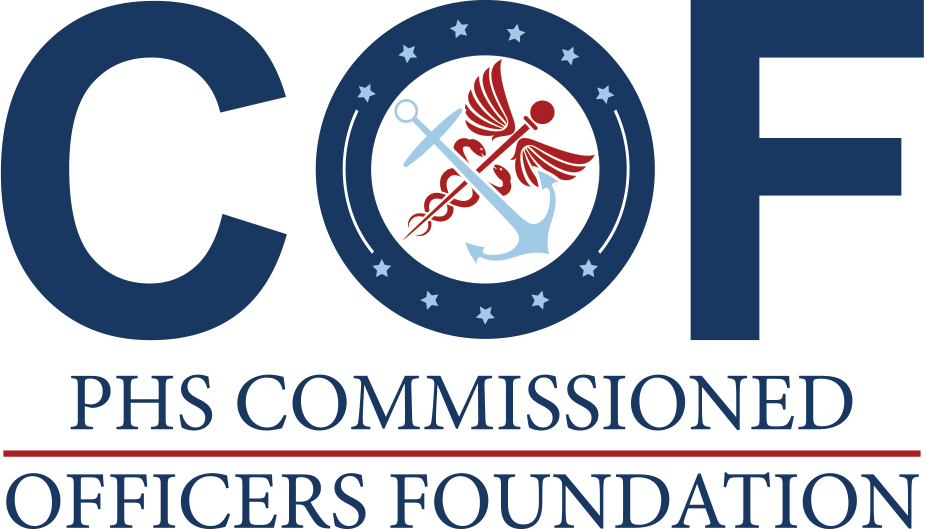In its 2002 report Who Will Keep the Public Healthy, the Institute of Medicine wrote:
“At no time in the history of this nation has the public health mission of promoting the public’s health and safety resonated more clearly with the public and the government than now. The events of September 11, 2001 brought public health glaringly into the limelight.”
Over the ensuing 18 years, public health budgets were cut, thousands of public health jobs were lost following the 2008 recession, and in June 2020, an article in The Nation’s Health recounting public health workers’ struggles during the pandemic reported:
“For years, U.S. public health advocates sounded the alarm on funding declines, workforce shortages and health inequities, all in an attempt to prevent the stark consequences that unfolded this spring.”
By November 2020, an article in the American Journal of Public Health returned full circle, suggesting that:
“Public health and epidemiology are now more recognized by the general public and policy makers than ever before…. The lessons of COVID-19 present an opportunity and an urgency to reimaging public health.”
The American Rescue Plan Act of 2021, just passed at the end of February by the House of Representatives, calls for one-time funding for the public health workforce, including the Indian Health Service, the Medical Reserve Corps, the Nurse Corps, the National Health Service Corps, and other public health activities. These funds are certainly needed. But emergency, one-time funding is part of the same cycle of awareness, reaction and subsequent forgetfulness that left the United States so ill-prepared in the face of the worst public health disaster in a century.
Ensuring that the public health workforce grows and has a consistent influx of trained professionals depends on having reliable funding and a national recruitment and retention strategy at all educational levels and throughout the career progression of public health workers. The USPHS Commissioned Corps can be the foundation upon which such a national strategy is built. The other uniformed services have such strategies, including ROTC programs and scholarships, student loan forgiveness, mid-career training support and numerous other mechanisms to keep our military services fully prepared and ready to meet threats to our national security. But in the past twelve months, our nation has been attacked, with over half a million deaths so far and economic losses in the trillions of dollars, not by a foreign adversary but by a virus, an attack about which we’ve been warned for several decades and yet were inadequately prepared.
It should be difficult to argue against the establishment of programs to recruit young professionals and maintain a reliable pathway into governmental public health, starting with the USPHS Commissioned Corps, a uniformed service which can supply workforce needs at Federal, state and local levels. Yet, no argument either pro or con is taking place in Congress. While the CARES Act passed in March 2020 established the Ready Reserve Corps, the bill passed in February 2021 never mentions the Commissioned Corps.
In his written testimony to Congress during his confirmation hearings, the Surgeon General-designee, Dr. Vivek Murthy, said that the USPHS Commissioned Corps “has the potential to be an even more robust and resilient force to protect our nation’s health during and between pandemics.” PHS commissioned officers, especially retired officers who face fewer restrictions on their public engagement than do our active-duty colleagues, can remind both the public and policy makers of the need to make the Commissioned Corps larger and more robust, and more resilient with a steady influx of new recruits and ongoing training for active-duty officers. This time, the call to action must be constant, consistent, coordinated, and confident. I hope you will join with COA and COF in ensuring that message is heard.
